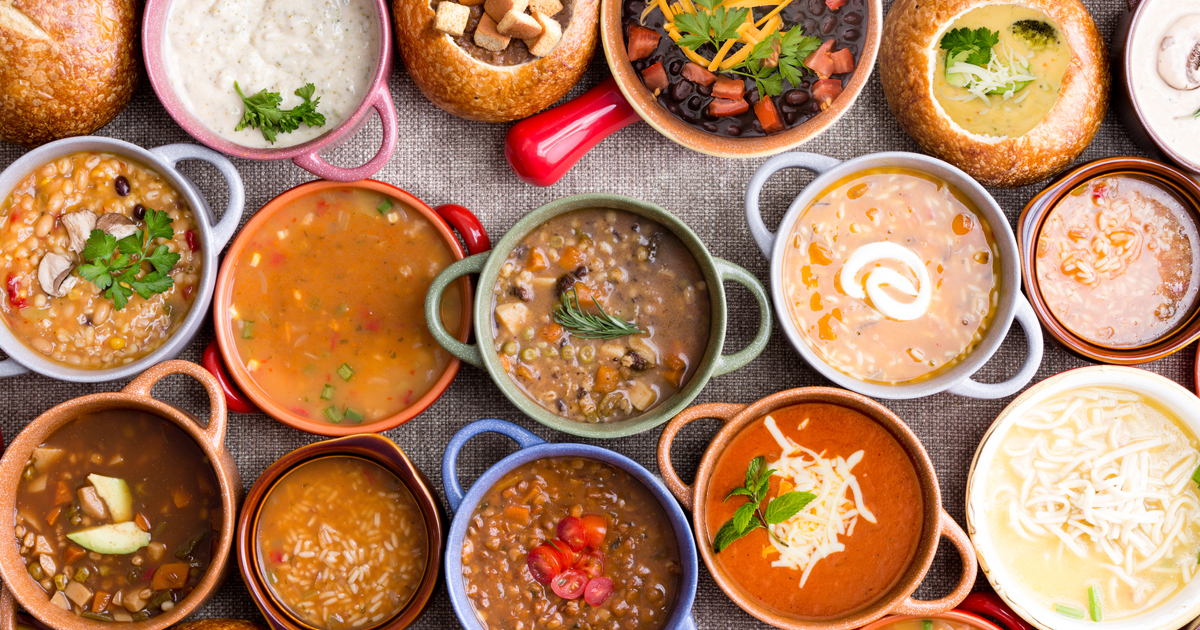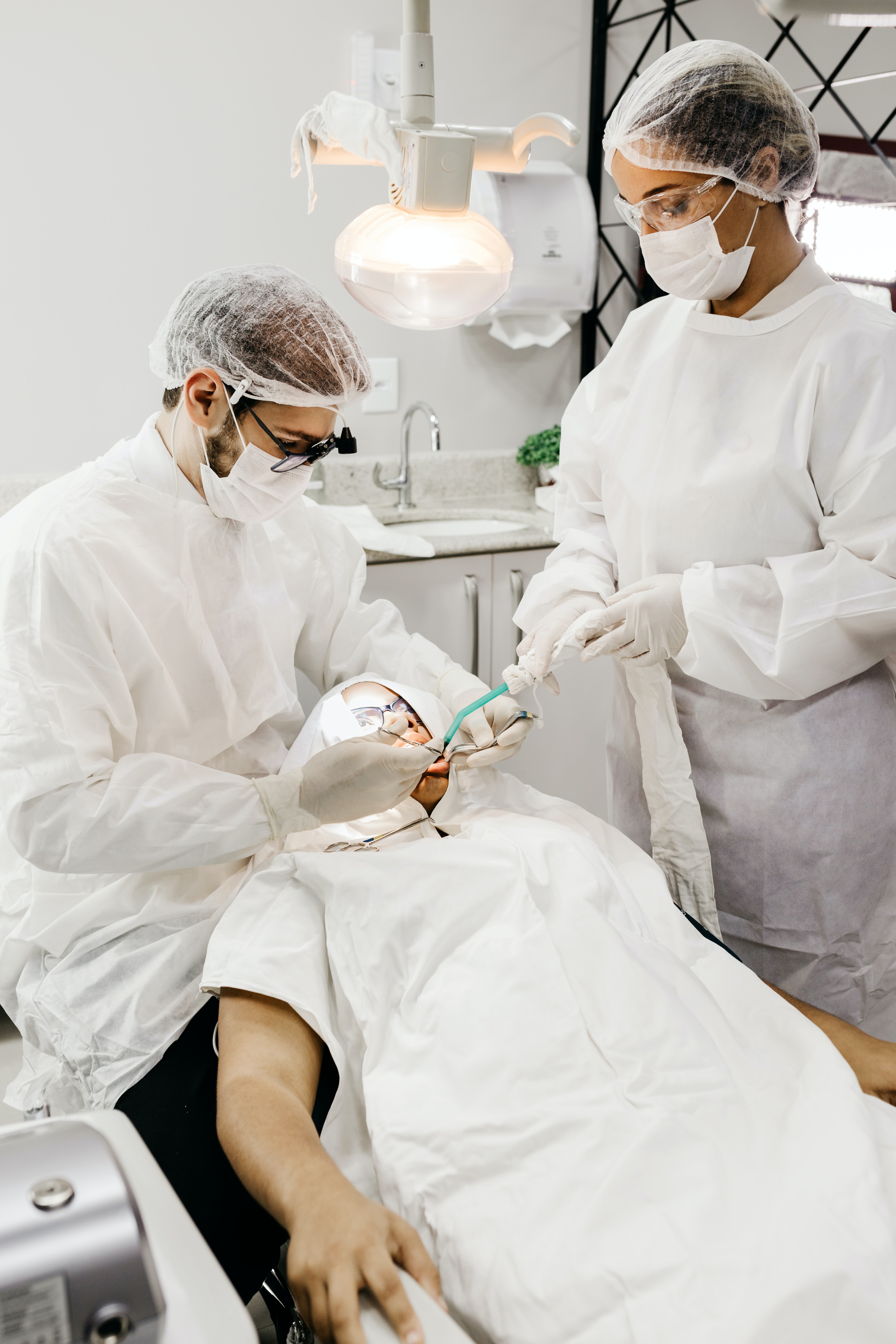Nothing says the holiday season like decorating the tree, baking cookies, gazing at festive lights, exchanging presents … and getting your wisdom teeth removed?
Wait, usually, the “wish list” for this time of year is getting teeth, not losing them!
After all, singing “All I Want for Christmas (Is to Lose My Four Back Teeth) really does not have the same charm.
There are, however, a lot of reasons that December – especially this December -- is a time of year when families bring in their older children to have one, two, three, or all four of their wisdom teeth removed:
- The holiday season coincides with when the typical wisdom tooth removal patient (ages 17 to 25) is on break from high school, college, or postgraduate studies.
- For families with dental insurance plans, December is the final month of the year to use remaining benefits.
- People of all ages have put off needed dental work during the pandemic with nearly 1 in 3 Americans not visiting their dentist since the pandemic started.
If you find yourself caring for a loved one after wisdom tooth removal surgery this holiday season between winter concerts and New Year’s Eve celebrations, keep in mind the importance of the healing process of providing a soft food diet, and always follow your doctor’s post-surgery instructions.
Why Soft Foods are Important After Wisdom Tooth Removal
Wisdom Tooth removal is a painless surgery (thanks to sedation medication and local anesthesia) that is done on an out-patient basis and takes less time than it does to finish watching “It’s a Wonderful Life”.
“Typically, wisdom teeth extraction takes about one hour or less. More complex cases may take longer,” says the Cleveland Clinic.
Impacted wisdom teeth (third molars in the back of your mouth that have not erupted through the skin) are exposed with incisions during the surgery, loosened and lifted from their sockets with the area then cleaned and stitched up.
After the surgery is when patients may experience some swelling and mild discomfort and when they will need to watch their diet very closely.
“After you’ve had your wisdom teeth removed, it’s very important to ensure you’re getting the right nutrition. A nutritious diet minimizes the risk of complications, helps reduce swelling, provides nourishment, and aids the wound healing process,” says Healthline.
The order of the day, and even for the coming week, will be soft foods.
“After wisdom tooth extraction, you will likely be instructed to drink lots of water and eat soft foods that you can easily tolerate,” says GoodRx. “Ensure that you get enough protein, vitamins, and minerals because these nutrients are helpful for wound healing.”
Simply not eating because of discomfort is not an option.
“If you’re not eating enough or only drinking broth and juice, you won’t get the necessary nutrients for healing. Malnutrition is a problem in wound healing, and falling short on protein and vitamins slows the healing process,” says GoodRx.
Try These 20 Soft Foods After Wisdom Tooth Extraction
When you think about a soft food diet menu after wisdom tooth extraction you will want to lean into terms such as “steamed”, “mashed”, “pureed”, and “blended”.
“The foods you eat after surgery should be soft and easy to chew. They should also have lots of vitamins, minerals, energy, and protein to assist wound healing,” says Healthline.
Here are 20 soft food that you can rely on after having had your wisdom teeth removed:
- Applesauce: Apple puree or applesauce has been a long-time staple for babies, who need nutritious food (antioxidants and vitamin C) that is easy to digest – and you don’t need teeth!
- Avocados: Ripe avocados, with their healthy fat, are soft and creamy, and you can also mash them up. Stay away, however, from the guacamole for now.
- Bananas: Do you see the “baby food” trend? Bananas can be mashed up and easily eaten, providing you with super-rich potassium, vitamin B6, vitamin C, vitamin A, and magnesium.
- Beans: You can have refried beans, black beans, and other types of beans if they are cooked soft and not too spicy. Also, remember that you should not be consuming foods that are too hot, so serve them lukewarm.
- Broths: If you have ever had your jaw wired shut, then you know that broths can be a lifesaver to get nutrition when you can not chew anything. Bone broth can be especially healthy for you.
- Cooked pasta or Noodles: The key is to cook your favorite pasta or Ramen noodles enough so that they are soft to ingest.
- Cottage Cheese: Once the staple of low-fat diets, cottage cheese can be eaten alone or mixed with applesauce or other foods for variety.
- Eggs: Scrambled eggs are a great way to get protein when on a soft food diet. You can also have your eggs over easy and cooked other ways if they are soft.
- Hummus: This garbanzo bean-based food can provide healthy fats, vitamins, and protein but you will have to skip your favorite delivery device such as bread, chips, celery, and so on.
- Ice cream: You scream, we all scream, for ice cream when recovering from surgery and now is a time to enjoy it. Just don’t overdo it, and make sure it is not too frozen – let your ice cream soften a bit before grabbing a spoon. Sorbet and frozen yogurt are also options.
- Instant Oatmeal: Quick, easy to prepare, nutritious with a lot of sweet and savory options. Instant Oatmeal can be an all-day option post-surgery.
- Milk: Milk is the key ingredient in smoothies, protein shakes, and other soft food diets. Stock up on it.
- Mashed Potatoes: Mashed potatoes and mashed sweet potatoes can add potassium, fiber, and vitamin B6 to your diet. You can also mash or puree pumpkin.
- Peaches: Canned peaches and other canned fruits are soft and easy to digest. Just make sure you cut them up small enough, puree them, or blend them into smoothies or drinks.
- Protein Shakes: You need protein, and these shakes can deliver it fast.
- Pudding: Your dentist is going to advise you not to go overboard on sweets but pudding, and Jell-O, are staples of soft food diets.
- Salmon: You might not think of fish when it comes to soft diets, but salmon is very soft, flaky, and easy to chew.
- Smoothies: A smoothie with milk, yogurt, and blended soft fruits and vegetables can deliver the value of a full meal in one serving. Make sure you have a good blender on hand before the wisdom tooth surgery.
- Soups: Much like smoothies, soups can deliver a fully nutritional meal in one sitting. You can blend all types of soups including:
o Pumpkin soup
o Tomato soup
o Roasted carrot soup
o Broccoli soup
o Cauliflower soup
o Butternut squash soup
o Blended black bean soup
o Roasted corn soup
- Yogurt: Yogurt, especially Greek yogurt, can provide a protein punch in a soft format, plus it is a great base to start your smoothie making.
Recovering from Wisdom Tooth Removal: Follow Your Doctor’s Orders!
Most people will feel close to normal after just three to four days after wisdom tooth removal surgery, but it will take a couple of weeks for your gums to heal completely.
The No. 1 advice for patients is to always follow your doctor’s post-surgical instructions.
The Cleveland Clinic says general guidelines you might get, in addition to the soft food requirements, include:
- Rest as much as you can for the first few days.
- Avoid strenuous activity for 48 to 72 hours.
- Place a cold compress or ice pack on your face to help reduce swelling.
- Keep the surgical sites clean by gently soaking them with an antimicrobial mouthwash.
- Don’t swish vigorously, as this can dislodge blood clots and cause dry sockets.
- Brush the rest of your teeth normally.
- Take all medications, including antibiotics and pain relievers, as prescribed.
Do not hesitate to reach out to your oral surgeon with post-procedure questions and certainly call ASAP, says the Cleveland Clinic, if:
- A fever of 100.4 degrees Fahrenheit or higher.
- Infection (pus) coming out of one or more extraction sites.
- Heavy bleeding.
- Pain that doesn’t improve with medication.
- Swelling that worsens after three days.
- Facial numbness.
- Difficulty swallowing or breathing.
- Blood or pus in nasal drainage.
Even if you do not plan to have your wisdom teeth removed, this holiday season is a great time to have their presence checked as the American Association of Oral and Maxillofacial Surgeons strongly recommends that third molars be evaluated by the time a patient is a young adult in order to assess the presence of third molars, disease status, and to suggest management options ranging from removal to a monitored retention plan to ensure optimal patient-specific outcomes.






.png)
